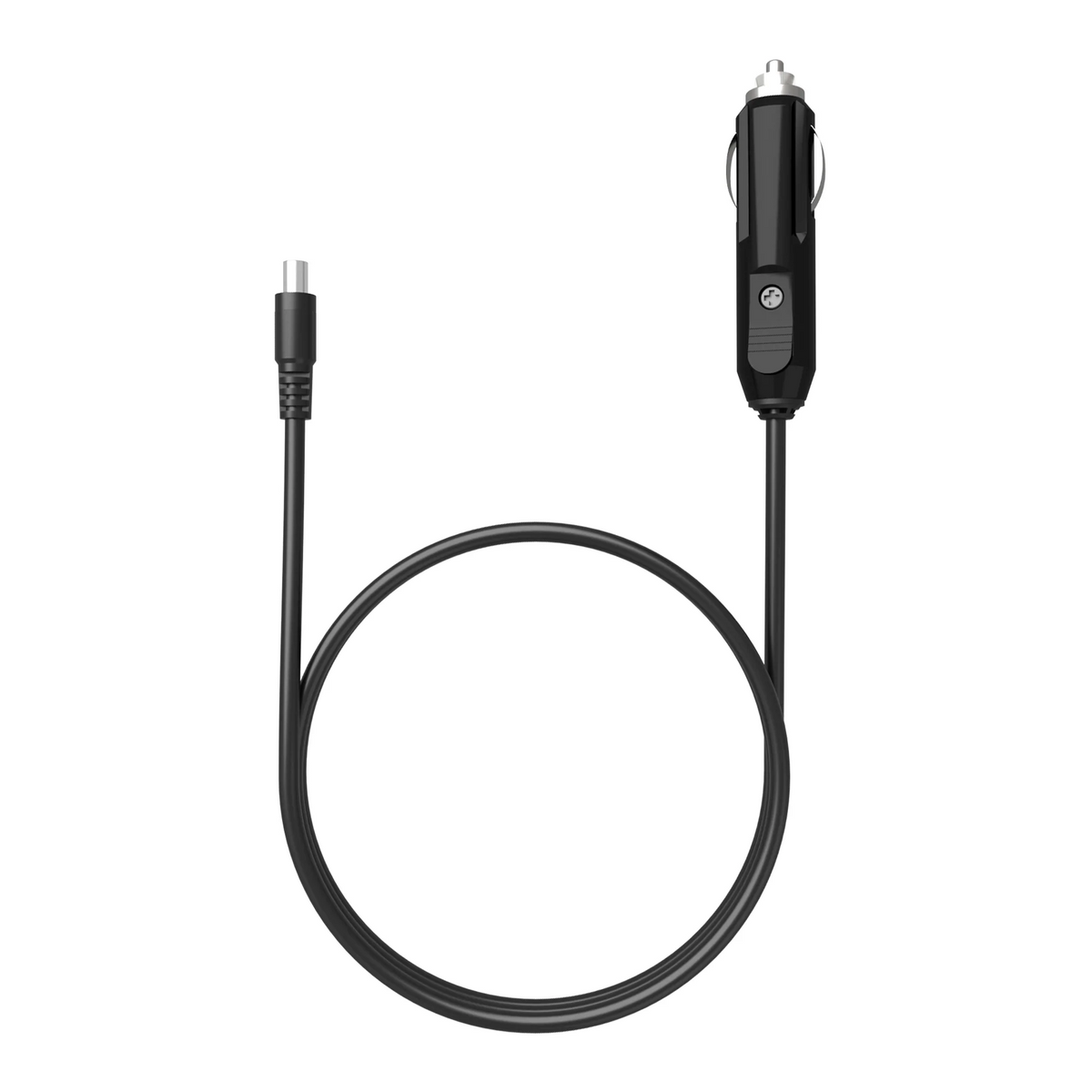Different Charging Cables
Explore a variety of different charging cables that suit all your devices. From USB-C to lightning cables, find the perfect solution to keep your gadgets charged efficiently.
Writer :Raveen
Post on :Oct. 21, 2024
Last Update On :Jan. 23, 2025

Categories
-
Home Decor

-
clothing and accessories

-
Automotive Accessories

-
Accessories

-
Home Appliances

-
Kids Clothings

-
Bags

-
Health And Wellness

-
Vehicles

-
Bags And Suitcase

-
Automotive

-
Haircare

-
Cars Accessories

-
Body Jewelery

-
Vehicles

-
Fruits And Vegetables

-
Skincare

-
Games

-
Pets Gear

-
Vitamins and Supplements

-
Games

-
Bedding

-
Sports Equipmet

-
Cosmetics

-
Jewelry

-
Camera

-
Clothings

-
Apparel and Accessories

-
Ebikes

-
Phones

-
Water Filters

-
HairCare

-
Clothings

-
Footwear

-
Bedding

-
Fitness Equipment

-
Sports Equipment

-
tech

-
Flowers

-
Electronics

-
Computer Accessories

-
Hotel

-
Gifts

-
Saddles

-
Clothings


